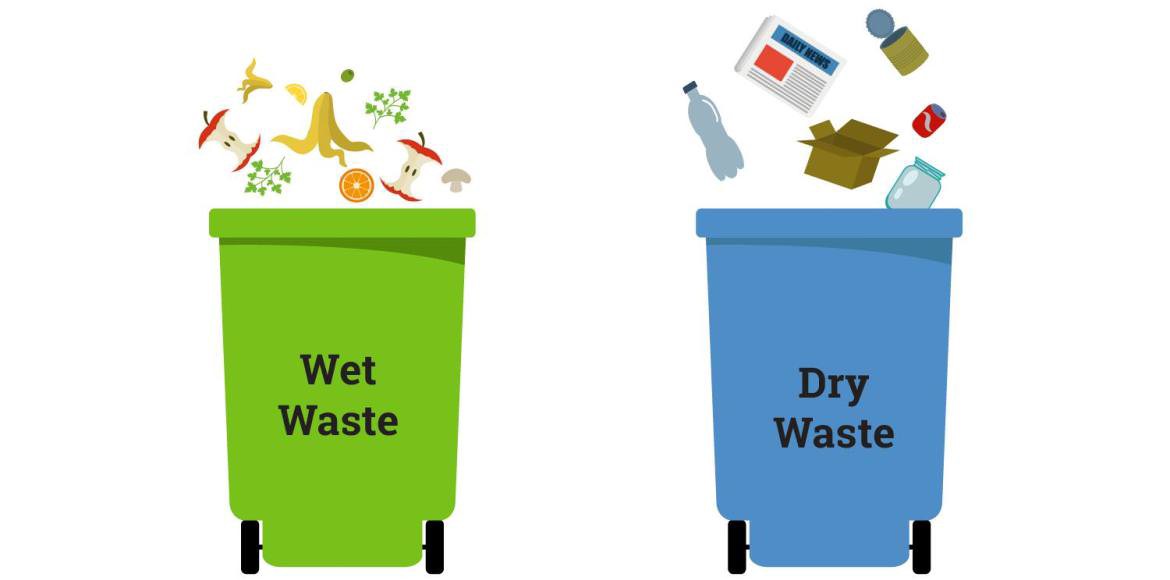Why it’s important to segregate waste at home
Related Articles
बेटे को लड़की जैसे वस्त्र-श्रृंगार कर खींची फोटो, फिर पूरे परिवार ने की खुदकुशी
राजस्थान के बाड़मेर जिले में एक पानी के टैंक में दो बच्चों सहित एक परिवार के चार सदस्य मृत पाए गए हैं, जिसे पुलिस...
What Does a Physiotherapist Do? Skills, Treatments & When to See One
Ever had that annoying sore at the end of the day? Your neck is tight after hours spent at your computer, or your lower...
Top CSR and sustainable initiatives managing Solid Waste in India
Waste management is crucial for maintaining a healthy environment, conserving resources, and mitigating the impacts of waste on human health and the ecosystem. Waste...

